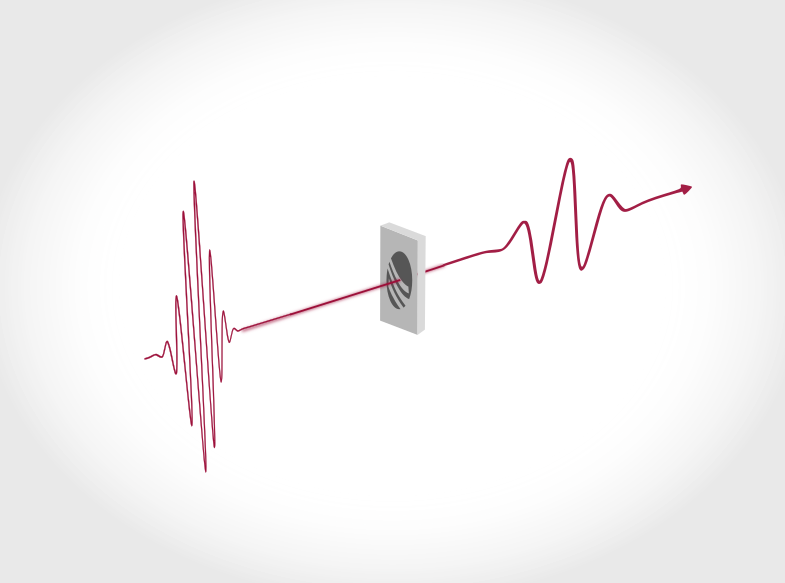THz generation

Fiber lasers are increasingly being used to generate terahertz (THz) radiation, which has important applications in fields such as spectroscopy, imaging, and communication. THz radiation can provide valuable insights into the properties of materials, such as their electronic and vibrational properties.
Several methods for generating THz radiation using fiber lasers have been developed and demonstrated experimentally.Plasma-based approaches [1], photo-conductive antennas (PCA, [2]), as well as optical rectification (OR, [3]) and other processes based on nonlinear crystals [4, 5] can all benefit from high repetition rate driving lasers. AFS offers suitable systems based on Ytterbium or Thulium and the required nonlinear post-compression addons to enable efficient THz generation with unprecedented average power.
Fiber lasers offer several advantages for THz generation compared to other types of lasers, including their high repetition rate, short pulse duration, and high energy. These characteristics enable the creation of THz radiation with high efficiency and tunability, and have led to a broad range of applications in materials science, biology, and other fields.
Overall, fiber lasers have become a powerful tool for generating THz radiation, with several methods available for researchers to choose from depending on their experimental requirements. AFS offers suitable systems based on Ytterbium or Thulium and the required nonlinear post-compression addons to enable efficient THz generation with unprecedented average power.
View in AR-App

- REFERENCES
- CONTACT
[1] J. Buldt et al. "Fiber laser-driven gas plasma-based generation of THz radiation with 50-mW average power," Appl. Phys. B Lasers Opt. 126, 1–5 (2020).
[2] Y. C. Shen et al. "Generation and detection of ultrabroadband terahertz radiation using photoconductive emitters and receivers", Appl. Phys. Lett. 2, 164–166 (2004).
[3] F. Blanchard et al. "Generation of 1.5 µJ single-cycle terahertz pulses by optical rectification from a large aperture ZnTe crystal" Opt. Express 15(20), 13212–13220 (2007).
[4] F. Meyer et al. "Single-cycle, MHz repetition rate THz source with 66 mW of average power" Opt. Lett. 45, 2494-2497 (2020).
[5] S. Mansourzadeh et al. "High-Power Lensless THz Imaging of Hidden Objects" IEEE Access 9, 6268–6276 (2021).

